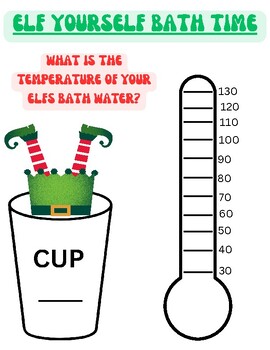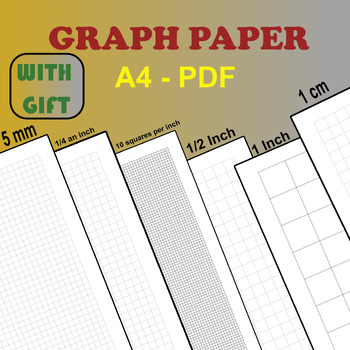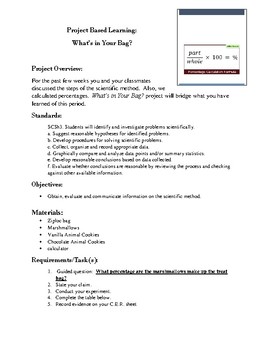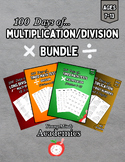8 results
Not grade specific graphing laboratories

Chemical Reaction Bundle | The Science Of Glow Sticks | Light Activity
Engage students with the science of glow sticks. All grade levels teach the same concept but differentiate by age and abilities. This enables a teacher to teach the same concept at the same time. Great for the science lab teacher and homeschool family. By purchasing this bundle, you are SAVING 20% off each individual resource.Digital and Distance Learning Approved. This experiment uses simple supplies and can work well for a distance learning or digital activity. The teacher can perform the
Subjects:
Grades:
Not Grade Specific
NGSS:
5-PS1-3
, 5-PS1-4
, 2-PS1-4
, 4-PS3-3
, 2-PS1-1
...

ELF Bath Time Science and Water Experiment
A great way to tie in your elf on the shelf with a science and water standard! Place out 3 (or as many as you want) cups with different temperatures. Tell your students to pick a cup and stick the thermometer inside. Then they have to graph the temperature on their worksheet!
Subjects:
Grades:
Not Grade Specific
Types:

Graph Paper
Graph paper (grid paper) is a writing paper that is printed with fine lines making up a regular grid. The lines are often used as guides for plotting graphs of functions or experimental data and drawing curves. It is commonly found in mathematics and engineering education settings and in laboratory notebooks. . Depending on your project, you’ll need a different grid on your graph paper. I've created 6 printable graph paper PDFs (with different colors) to meet your needs.Included Files: You will
Subjects:
Grades:
Not Grade Specific

Plant Growth | Cloning Experiment | Science Bundle Grade K To 5
Discover plant growth with cloning. This is a bundle of 3 different grade-level journals. We will guide the teacher, and students step by step in discovering root growth. Perfect for your plant unit. The multi-grade levels are great for the science lab teacher. Simple supplies and easy set-up.This investigation uses the scientific method to answer the question:Does the amount of rooting hormone affect the length of the roots when cloning?Supplies NeededHouse plant cuttings, water, rooting h
Grades:
Not Grade Specific

Bottle Flip Lab - Single and Multiple Trials
The BIG Idea: Are your students great at completing the activity portion of the lab, but struggling at showing what they know, then use this simple lab. Students will perform a simple lab, and focus on showing what they have learned by interpreting their collected data.In groups of 4, students will each have a job to complete in this Bottle Flip Lab. The jobs will rotate between each student trial so that all students represent all jobs. Includes Teacher and student directions.
Grades:
Not Grade Specific
Types:

What's in Your Bag Investigative Lab
Hey! Do you have any of the following items lurking around in your classroom: Ziploc bags, marshmallows, Vanilla Animal Cookies, Chocolate Animal Cookies or calculator? Well turn your classroom into an edible lab. Your scholars will identify and investigate problems scientifically and graphically compare and analyze data points and/or summary statistics. But the most part after the investigation is over...they can eat the products. The activity can be used in math or science.
Subjects:
Grades:
Not Grade Specific
Types:

5:45
Video: Graphing without Numbers (or Graph Paper)
Do your students struggle with graphing?
In this video, we’ll look at distance vs. time graphs and show a method of producing them that doesn’t use numbers or rulers or graph paper.
Graphs are a pictorial means of expressing data. But as novice learners, students can get so focused on how to graph that they fail to focus on what the graph means.
Graphing is complicated. It requires students to 1) look at their data, 2) translate that into a number, 3) plot that number on a piece of paper, and
Grades:
Not Grade Specific
Types:
Showing 1-8 of 8 results





